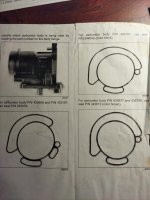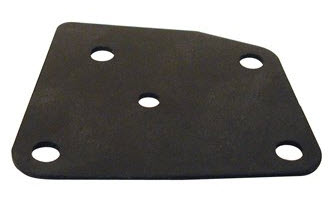Do a complete test on the stator.-----Ohm check all windings and report the values you see.
Here’s the results for charge coil test, presuming I did them correctly. Tests were performed on leads in starboard connector between stator and power pack.
Both motor and accessories batteries were “on.” I used a remote starter. Ignition key was off. I connected a DVA to my digital volt/ohm meter for stator voltage ground and output tests.
Ground Test:
Ground - Brown: .7
Ground - Brown/Yellow: .5
Ground - Brown/Black: .5
Ground - Brown/White: .5
Manual Diagnosis: Any reading indicates charge coil is grounded. Locate and repair ground or replace stator assembly.
Output Test:
Brown - Brown/Yellow: 132
Brown/Black - Brown/White: 125
Manual Diagnosis: If less than 150 volts, check condition of wiring and connectors.
Ohmmeter Test:
Brown - Brown/Yellow: 552
Manual Diagnosis: 550 +/- 55 ohms. OK
Ground - Brown: OL
Ground - Brown/Yellow: OL
Manual Diagnosis: No reading. OK.
Brown/Black - Brown/White: 530
Manual Diagnosis: 550 +/- 55 ohms. OK
I should mention; stator was replaced a year ago, but has virtually no hours on it.




